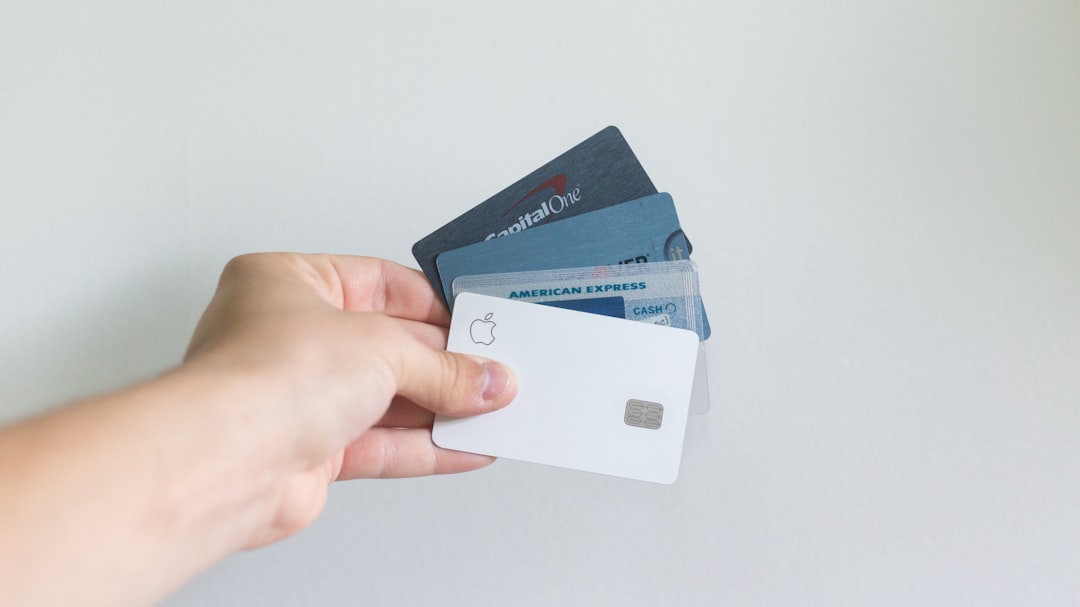Consolidating credit card debt through a mix of secured and unsecured loans offers flexibility and cost savings. Secured loans with collateral provide lower rates but risk asset loss upon default. Unsecured loans lack collateral, offer flexible terms but higher interest rates. Strategically combining both types allows borrowers to simplify payments, reduce costs and manage debt effectively.
In the UK, managing debt can be a complex task. One effective strategy to simplify this is through debt consolidation loans, offering both secured and unsecured options or a combination of both. Understanding these loan types is crucial for anyone looking to consolidate credit card debt. Secured loans use an asset as collateral, while unsecured loans don’t. Combining them can provide tailored relief, simplifying repayments and reducing interest rates. This article explores these loan types and their potential benefits.
Understanding Secured and Unsecured Loans

Secured and unsecured loans are two different types of financing options, each with its own set of advantages and considerations when it comes to debt consolidation. Secured loans are backed by collateral, which can be a valuable asset like your home or car. This acts as a safety net for the lender, making secured debts typically easier to obtain, often with lower interest rates. If you fail to repay the loan, the lender has the right to seize and sell this collateral.
On the other hand, unsecured loans do not require any collateral and are based solely on your creditworthiness. These are usually more accessible for those without significant assets but may come with higher interest rates and stricter borrowing limits. Unsecured loans, such as those offered for credit card debt consolidation, focus on individual repayment capacity, ensuring that borrowers only pay back what they can afford without the added pressure of potential asset loss.
Combining Loan Types for Debt Relief

Combining secured and unsecured loans can offer a tailored solution for managing debt, especially when it comes to consolidating credit card debt. This approach allows individuals to leverage both security and flexibility. Secured loans often provide lower interest rates due to the collateral offered, which can significantly reduce overall borrowing costs. On the other hand, unsecured loans cater to those without significant assets to pledge, offering greater freedom in terms of repayment terms and conditions.
By combining these loan types, borrowers can create a strategy that suits their financial situation. For instance, a secured loan might be used for high-interest debt, such as credit cards, while an unsecured loan could be utilized for more flexible expenses. This method provides relief by simplifying payments and potentially lowering rates, making it easier to manage and pay off the consolidated debt over time.
Debt consolidation loans in the UK offer a versatile approach to managing personal debt, with options available as either secured or unsecured, or a combination of both. Secured loans use an asset as collateral, providing potential for lower interest rates, while unsecured loans offer flexibility without tying up your assets. Combining these loan types can be a strategic move for effective consolidate credit card debt management, allowing you to simplify repayments and potentially reduce overall interest costs. It’s essential to weigh the pros and cons of each option carefully before making a decision that aligns with your financial goals.
